Five
- 155 Posts
- 20 Comments

 0·1 month ago
0·1 month agoYeah, most laws have nothing to do with justice and are merely threats made by social elites to working people. I don’t need that explained to me. I think you misunderstood my politics from my initial comment.

 0·1 month ago
0·1 month agoI find it unclear what the relationship is between free speech and the UK using flawed but licensed proprietary software to wrongly convict innocent people of fraud.

 0·1 month ago
0·1 month agoCracking, unlicensed MAME, jailbreaking - these should be free-speech fundamentals that are instead prosecuted as crimes.

 0·2 months ago
0·2 months agoNot recent, but I was privy to the latest advancements at the time. Perhaps there were a half-dozen overseers who lived near the fields and did labor management and crop observation, but there was always an army of latinx workers share-cropping less profitable crops during rotation seasons, driving pesticide sprayers, doing firewatch during dry days, maintaining the cesspool, and a number of other tasks that were either too person-intensive or beneath the white owners and their middle-class wage managers. 90% of the people on the industrial farm were people of color, and all the jobs they did were dangerous, underpaid, and essential. That percentage includes the white people working in the machine shop, and the contracted crop-dusting pilots.
Ironically, the automation in development was targeted at reducing the number of middle-class white people needed to run the farm, and would have little effect on the army of cheap labor that was ever-present.
I’ve seen a small portion of the beast that is large agribusiness, and I’ll admit there may be other sides I haven’t seen that may contradict my experience. But it is wise to doubt the rosy self-congratulatory picture taught in textbooks when confronted with the experiences of real life. Most of the people who bring you food for the prices you enjoy are invisible, and your education system is complicit in keeping things that way.

 0·2 months ago
0·2 months agoWhat is your experience with modern industrial farms? How recently have you been involved in the industry?
Also, what does “small team” mean to you?

 0·2 months ago
0·2 months agoIndoor/Vertical farming requires powering artificial light unlike traditional farming, but the energy use is a red herring.
Traditional farming typically requires more labor, not less. The key factor is that it is very easy to have most of that labor done by migrant temporary-visa and undocumented workers, for lower wages than would be legal in an industry where exploitation on that scale has not been normalized.
The primary cost, and the reason corporate vertical farms are failing to see profits is their professional labor force. If they could also be run by slaves, most would be competitive with traditional farming.

 0·3 months ago
0·3 months agoI’ve learned one thing over these last nine years, and I was glib at best and probably dismissive at worst about this. The work of making this world resemble one that you would prefer to live in is a lunch pail shit job, day in and day out, where thousands of committed, anonymous, smart, and dedicated people bang on closed doors and pick up those that are fallen and grind away on issues till they get a positive result. And even then, have to stay on to make sure that result holds.
So the good news is I’m not saying you don’t have to worry about who wins the election. I’m saying you have to worry about every day before it and every day after forever.
– Jon Stewart Tackles The Biden-Trump Rematch That Nobody Wants - @19:20
This was incredibly validating for me.

 0·3 months ago
0·3 months agoI’ve seen the hype about bamboo as a climate panacea, and there’s a lot wrong with this line of thinking.
First, and this is a quibble, but bamboo is not a tree, it is a grass, in the same family as oats, wheat, rye, and bluegrass. Trees absorb more carbon than a bamboo plant; the bigger the tree, the more carbon it absorbs. Bamboo gets hype because a field of bamboo can absorb more carbon than a forest of trees in the same area of land. Bamboo’s carbon absorption stats doesn’t come from special biology, but the fact that it grows both tall and tightly packed, while other grasses don’t grow as tall, and mature trees aren’t tightly packed.
But trees are still extremely effective carbon sinks, and land with trees on it can have multiple uses, while land filled with bamboo is impassable. A large mature tree can absorb enormous amounts of carbon while also decreasing the cooling requirements of homes beneath its shade.
Bamboo has limited use besides being a carbon sink. It is an invasive species, so widespread adoption of bamboo farming outside its natural habitat can decimate biodiversity. In climates with long dry seasons, dried and dead bamboo is a fire hazard. The tightly packed stalks gives fire a continuous path, and the hollow sections explode when heated, spreading the fire even further. When bamboo is burned, its carbon is released back into the atmosphere.
The focus for building biological carbon sinks shouldn’t be on min/maxxing short term carbon absorption, but on keeping that carbon from returning to the atmosphere at the end of a crop’s lifecycle.

 0·4 months ago
0·4 months agoIn mid-October, people began to notice that if one’s Instagram bio said “Palestinian” in English alongside the Palestinian flag emoji and “Praise be to god” in Arabic, the app translated the text to “Terrorist.” Meta released a public apology.
Holy shit, Zuck!

 0·4 months ago
0·4 months agoNazis verpiss dich!

 0·4 months ago
0·4 months agoThe aged are also the primary victims of heatwaves.
Petroleum society - euthanasia with extra steps.

 0·4 months ago
0·4 months agoI think this explanation would be more coherent if it was given by one of SpaceX’s competent and underpaid engineers. They clearly did a good job of dumbing it down to Elon’s level of comprehension, so that he could sluggishly regurgitate it to the general public and appear to understand rocket science.

 0·5 months ago
0·5 months agoMaybe share this: How Wolves change Rivers.

 0·5 months ago
0·5 months agoYes, I’ve had several posts that humanize Palestinians removed near the start of the conflict on Lemmy.World, though things have improved there. I’ve never seen censorship of Gaza reporting here at BeeHaw; I have a lot of admiration for @alyaza@beehaw.org who has beaten me to the post several times.

 0·5 months ago
0·5 months agoThe fall was largely down to a recession in economic output– and a drop in energy-intensive production in particular – but warm weather and high energy prices also played a role, AEGB found.
Unfortunately, this is probably due to Putin turning off the gas. Forced austerity is not a sustainable climate solution, as COVID has demonstrated. Eventually the reasons for cutting back will naturally resolve or political pressure will force a return to the status quo.
We need to change both our grassroots politics and our infrastructure. Keep up the fight Germany!

 0·5 months ago
0·5 months agoIt’s crazy how hard Disney has fought to keep Steamboat Willie, an animation based on Steamboat Bill, out of the public domain. Mickey is no longer the exclusive property of The Walt Disney Company.

 0·5 months ago
0·5 months agoReason #1405492 why Trump is a fascist.






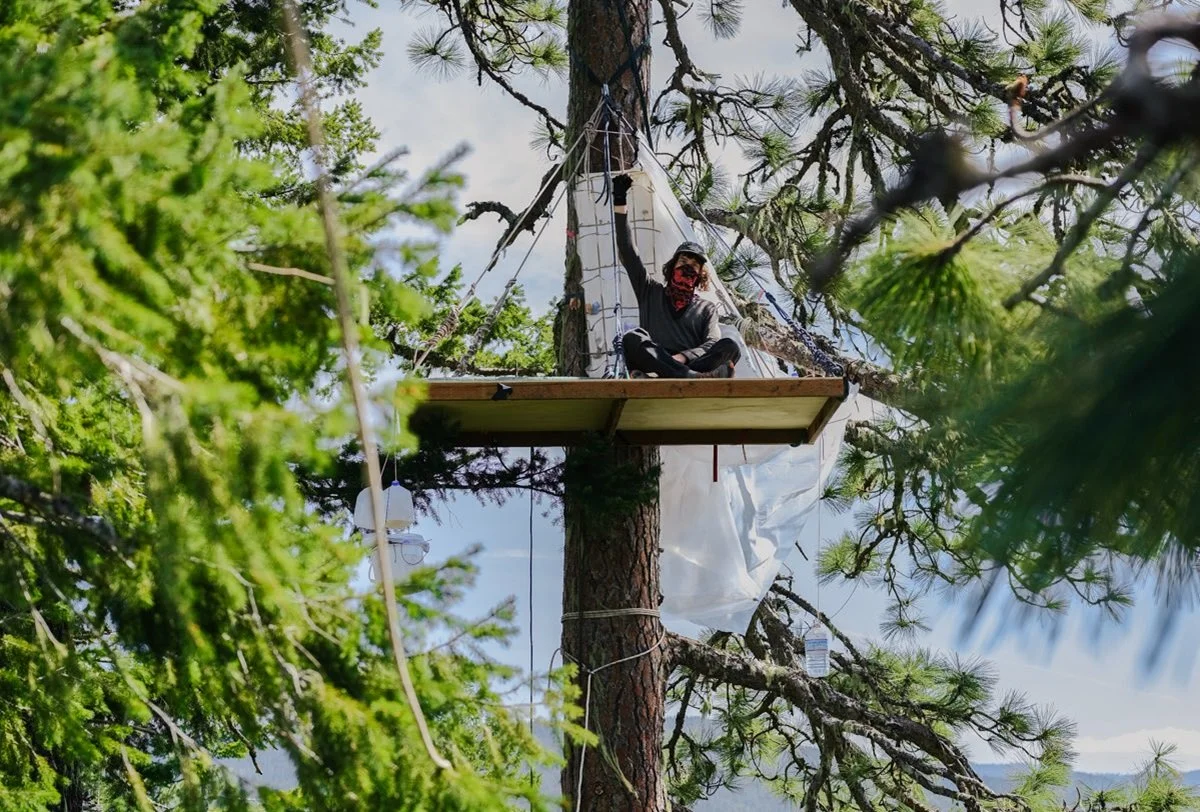


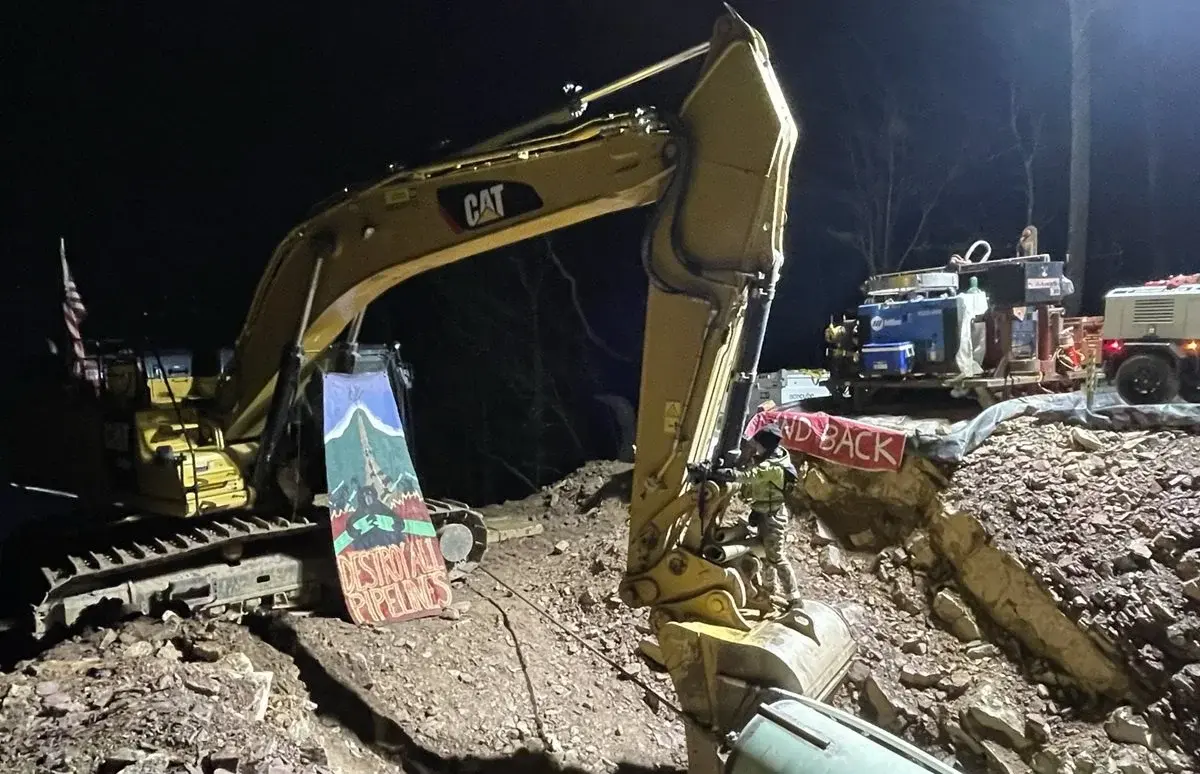

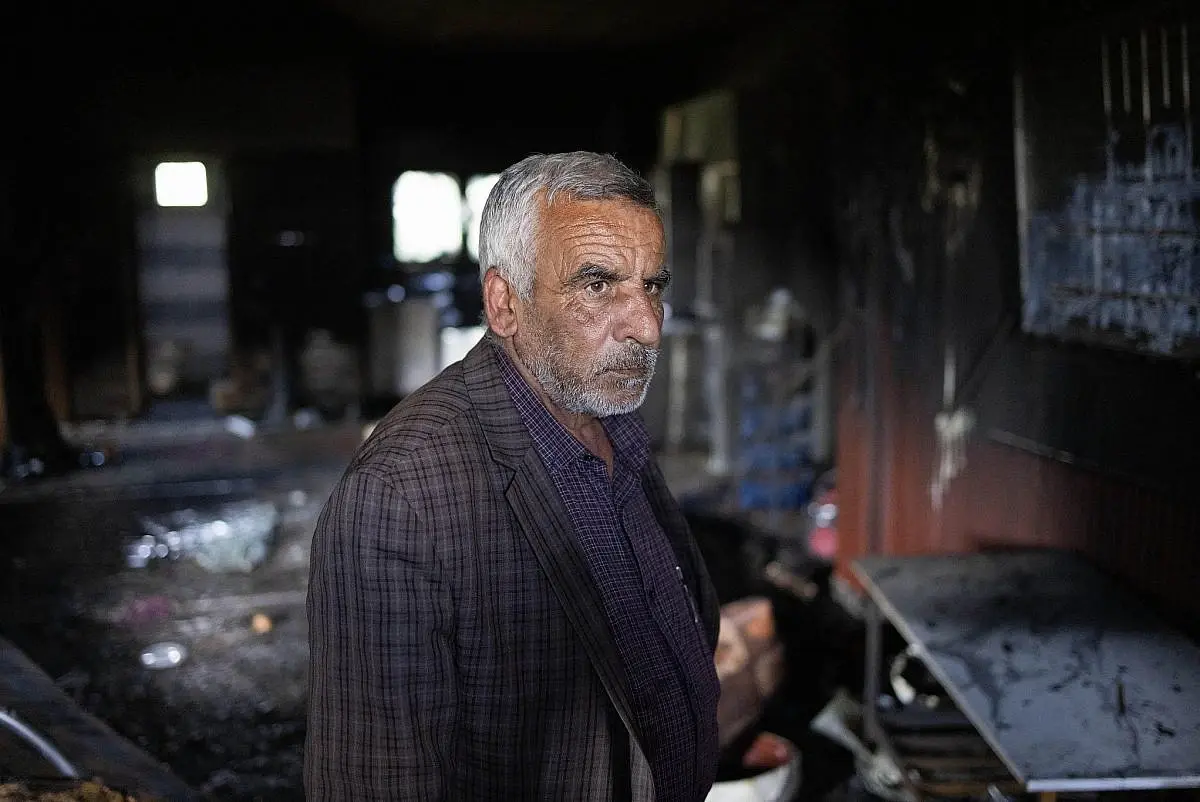
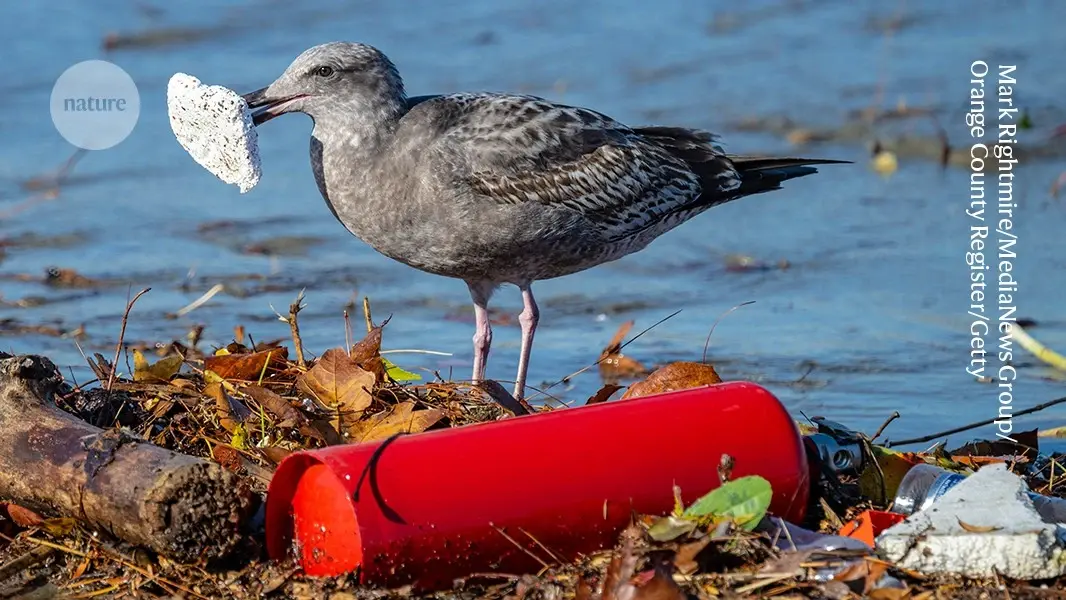








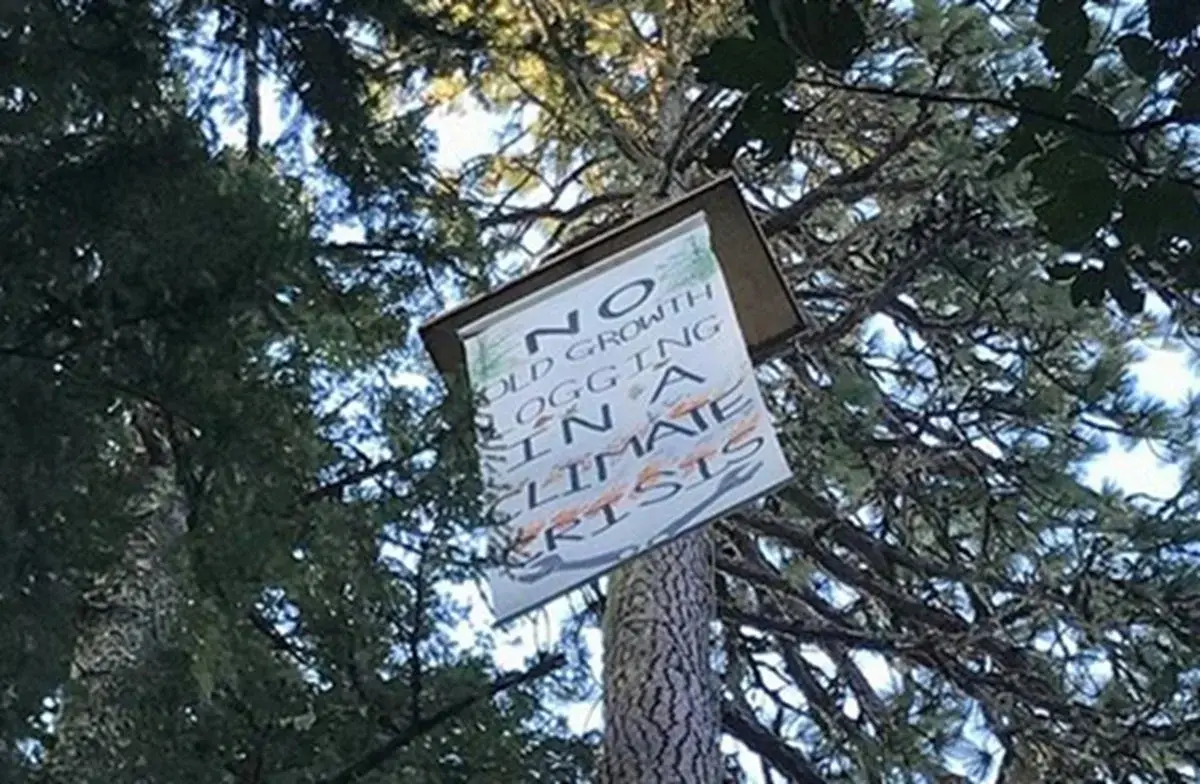


I saw a report on a gym with the idea that the exercise equipment would power the gym. It wasn’t a good business model. They brought the reporter in and only turned on some of the lights - they had to be super stingy with electricity to get anywhere near net positive energy generation.